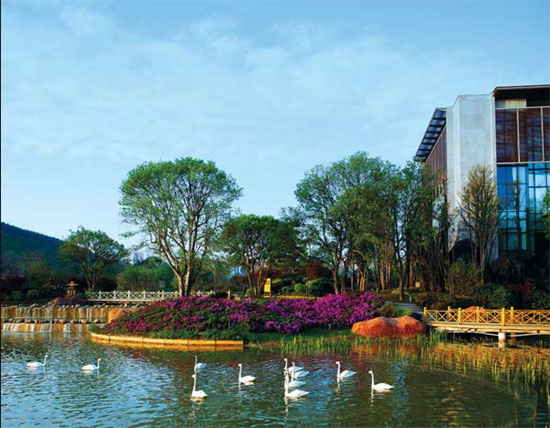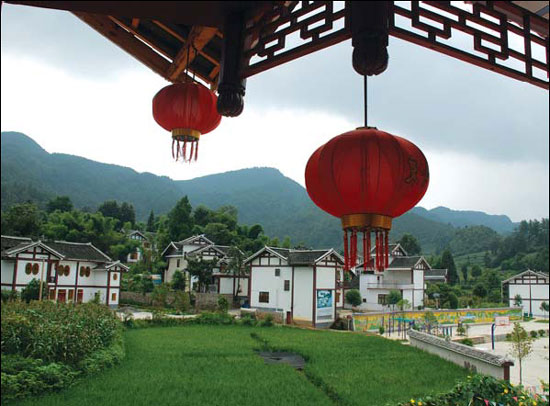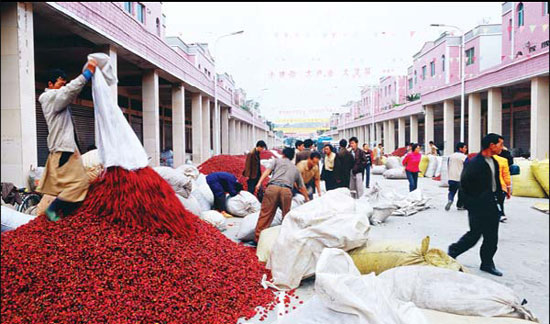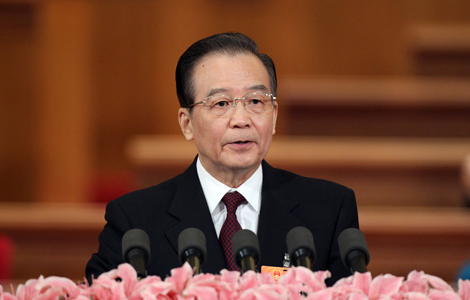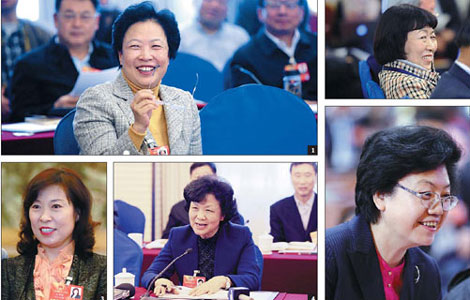Guizhou uses balanced approach to urbanization
Updated: 2013-03-08 15:02
By Su Jiangyuan and Zhao Kai in Guiyang (China Daily)
|
||||||||
|
The Huaguoyuan Wetland Park in the suburbs of Guiyang is an example of local government's emphasis on ecological protection in the process of urbanization. Photos provided to China Daily |
Authorities in Guizhou say rapid urbanization will play a significant role in poverty relief and economic development.
A new urbanization plan recently released by the provincial government projects that Guizhou's population will be 50 percent urban by 2020, which will greatly improve public living standards and promote economic growth.
Located in the mountainous and hilly areas of China's southwest, Guizhou lacks sufficient farmland to sustain the province's large rural population.
In Guizhou, poverty relief is a pressing issue not only for the countryside but also for the cities, said a top leader of the province.
"The solution to the problem lies in urbanization," said Zhao Kezhi, Party chief of Guizhou.
"In Guizhou, urbanization is closely related to industrialization and agricultural modernization. It is a process that can optimize the allocation of resources, offer more business and job opportunities and help reduce the income gap between the urban and rural areas."
He said that it does not necessarily mean that big cities will become bigger. Instead, authorities will prioritize the construction of a number of smaller cities and towns.
"Only in this way can we achieve balanced development among different regions," he said.
In the province's roadmap to urbanization, the position of the central cities of Guiyang - the provincial capital - and Zunyi will be further enhanced. The Gui'an New Area - an emerging economic zone between Guiyang and Anshun - will be developed into a demonstration zone for Guizhou's open economy.
In addition, another 10 cities will be highlighted in the urbanization plan, including Anshun, Liupanshui, Bijie, Tongren, Duyun and Kaili.
"These 12 cities will serve as the regional hubs for urban-rural integration, with their infrastructure and public service networks covering as many areas as possible," Zhao said.
Centered on these regional hubs, the Guizhou provincial government currently plans to build 100 satellite cities and townships.
The town of Maotai, where the famed liquor brand Moutai is headquartered, is among such new developments.
"Construction of the satellite cities and townships is of great importance for Guizhou's development," said Chen Min'er, governor of the province.
He also added that there are a number of townships similar to Maotai, where people can benefit a lot from the development of industries with local characteristics as well as related sectors like tourism.
This new approach to urbanization, which highlights smaller cities and townships, has drawn attention from academics.
"Although it is a process of transforming a large number of farmers into industrial workers, urbanization does not necessarily have to mean a huge population flow into big cities," said Wang Rusong, researcher at the Chinese Academy of Sciences.
"What it requires is a less-exclusive city that can offer opportunities to all, whether it's big or small."
In recent years, the pace of Guizhou's urbanization has continued to accelerate.
In 2012, the province's urbanization rate increased to 35 percent. However it is still behind the national average level and even that of underdeveloped western regions.
According to the provincial urbanization plan, Guizhou's urban population is expected to increase to 14.5 million by the end of 2015, accounting for 45 percent of the total population. The rate is predicted to reach 50 percent in 2020 and 60 percent in 2030.
The province's rapid infrastructure development in the past decade, especially construction of highways, has laid a solid foundation for the process.
To date, Guizhou's total road length has reached about 150,000 kilometers, with more than 4,000 km of highways currently under construction.
In recent years, the provincial government of Guizhou has also highlighted environmental protection in the process of urbanization, ensuring that development is not achieved at the cost of the ecology.
Contact the writers through zhaokai@chinadaily.com.cn
|
This garden-like community in Tianjiagou, a tea-growing village in Meitan county, reflects the way the public's quality of life is balanced with industry and the environment in Guizhou. |
|
The economy in this small town in Zunyi has been built on the booming trade of peppers and other farm products. |
(China Daily 03/07/2013 page22)
